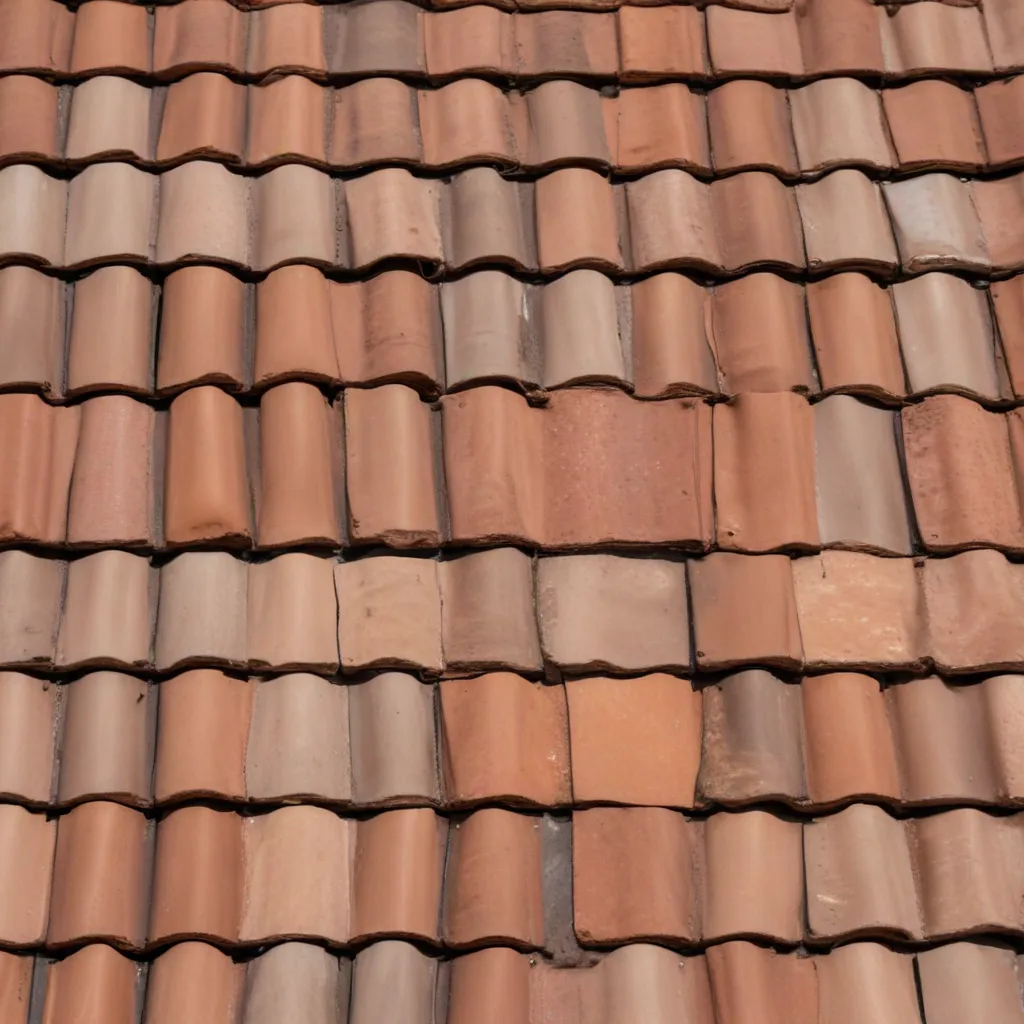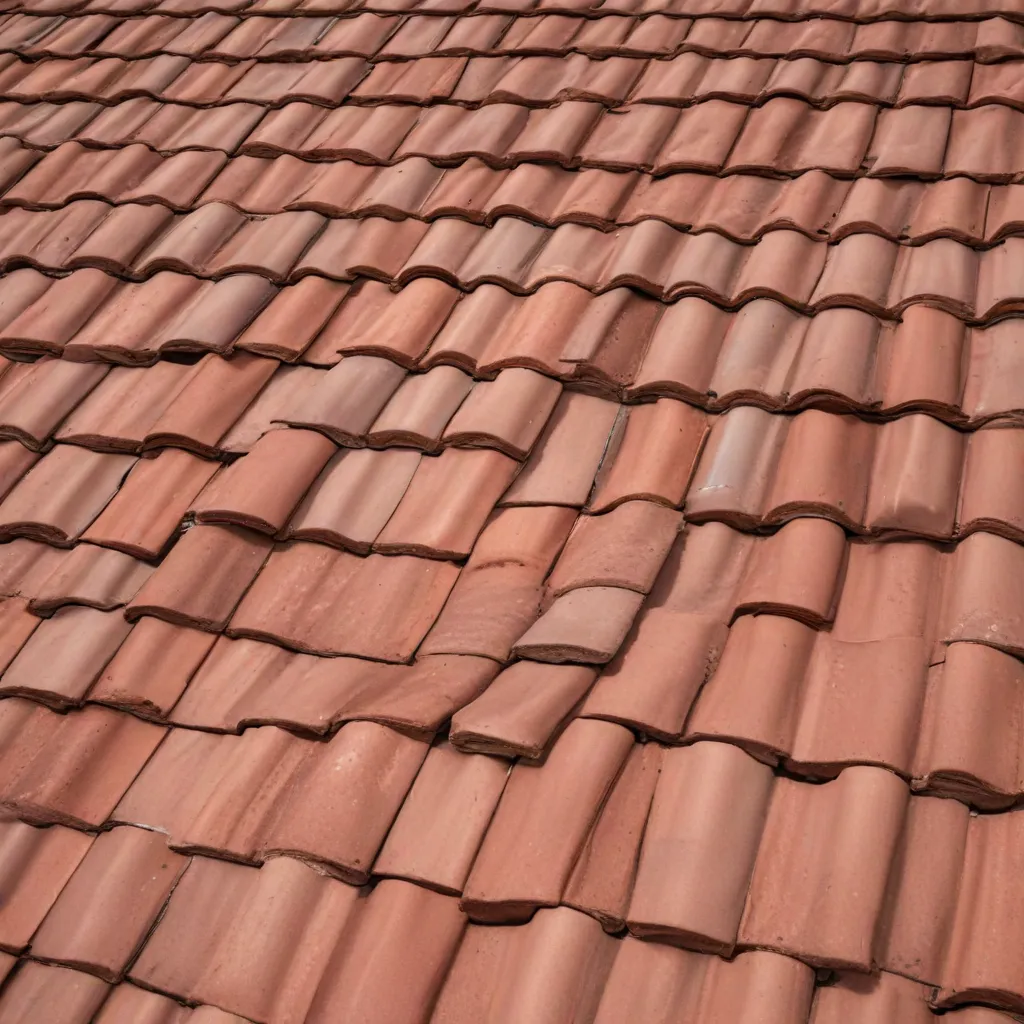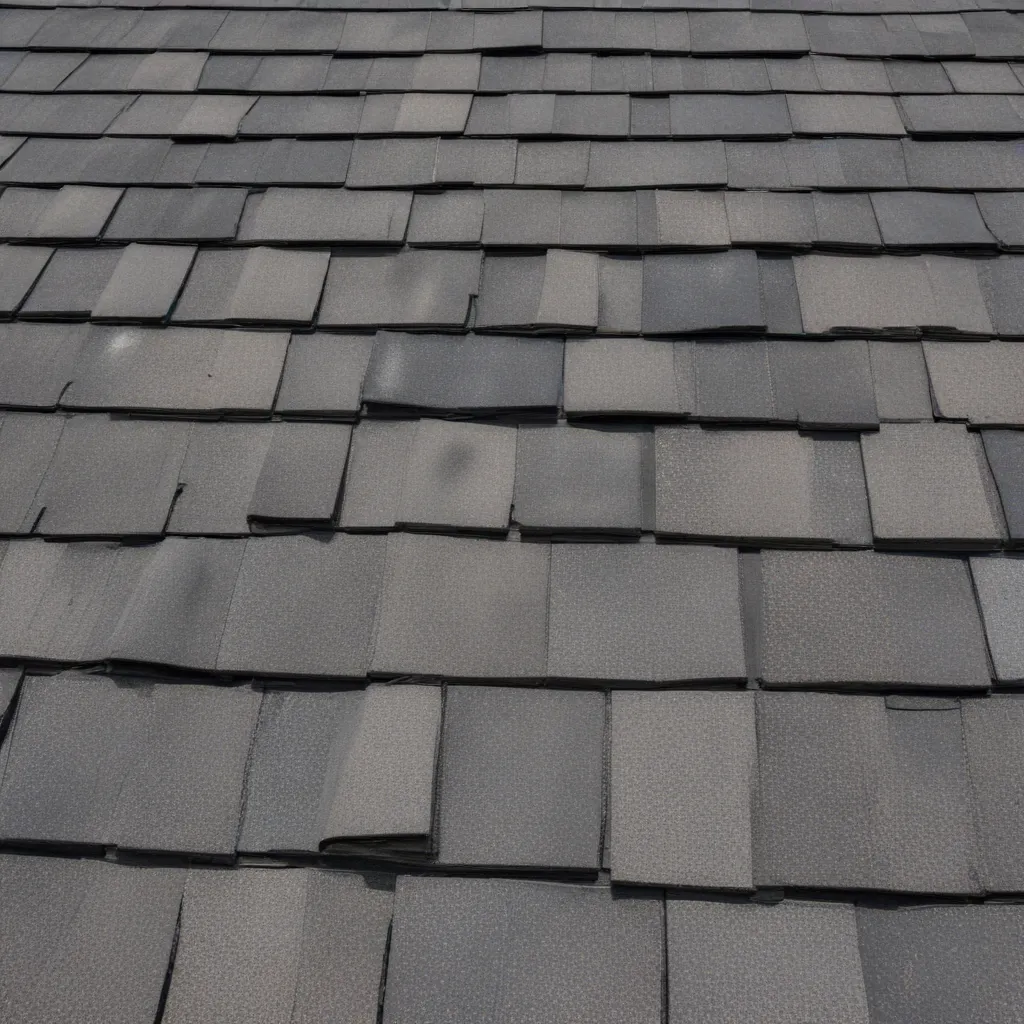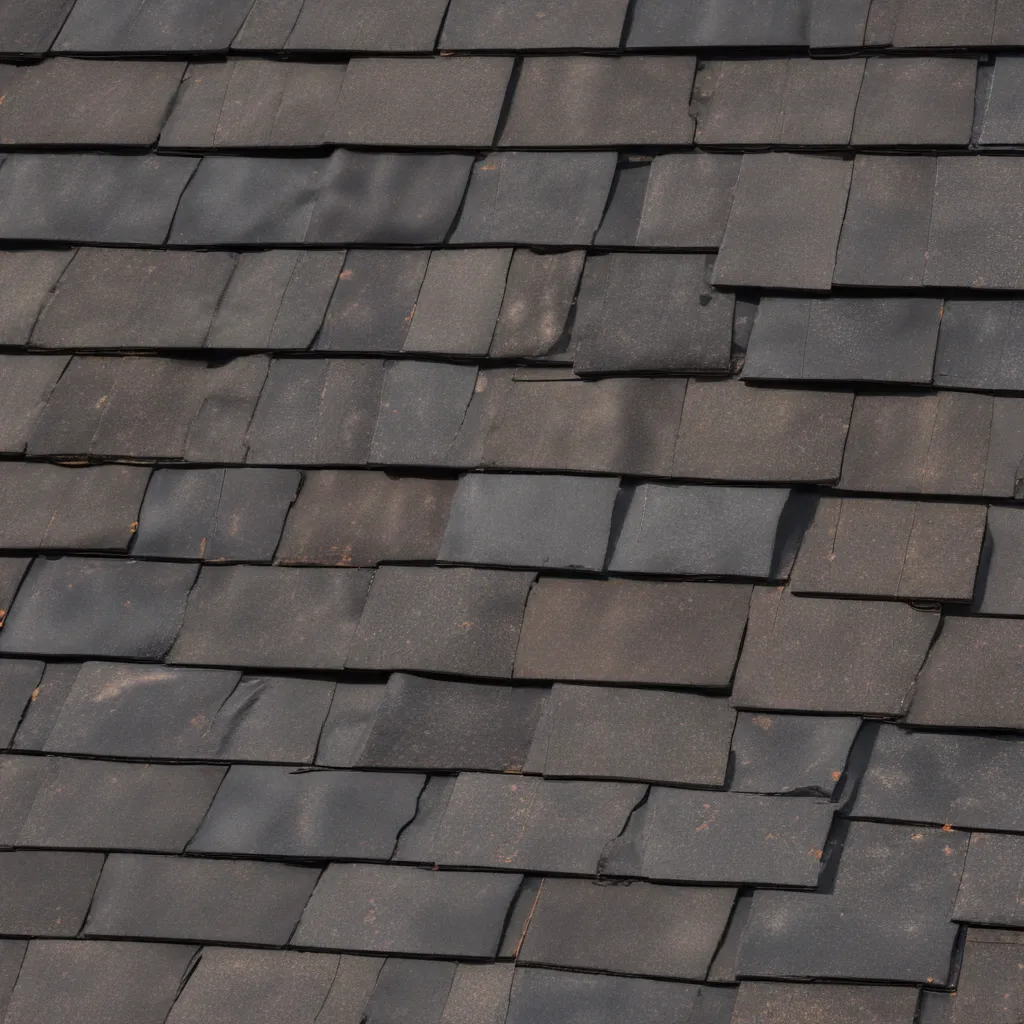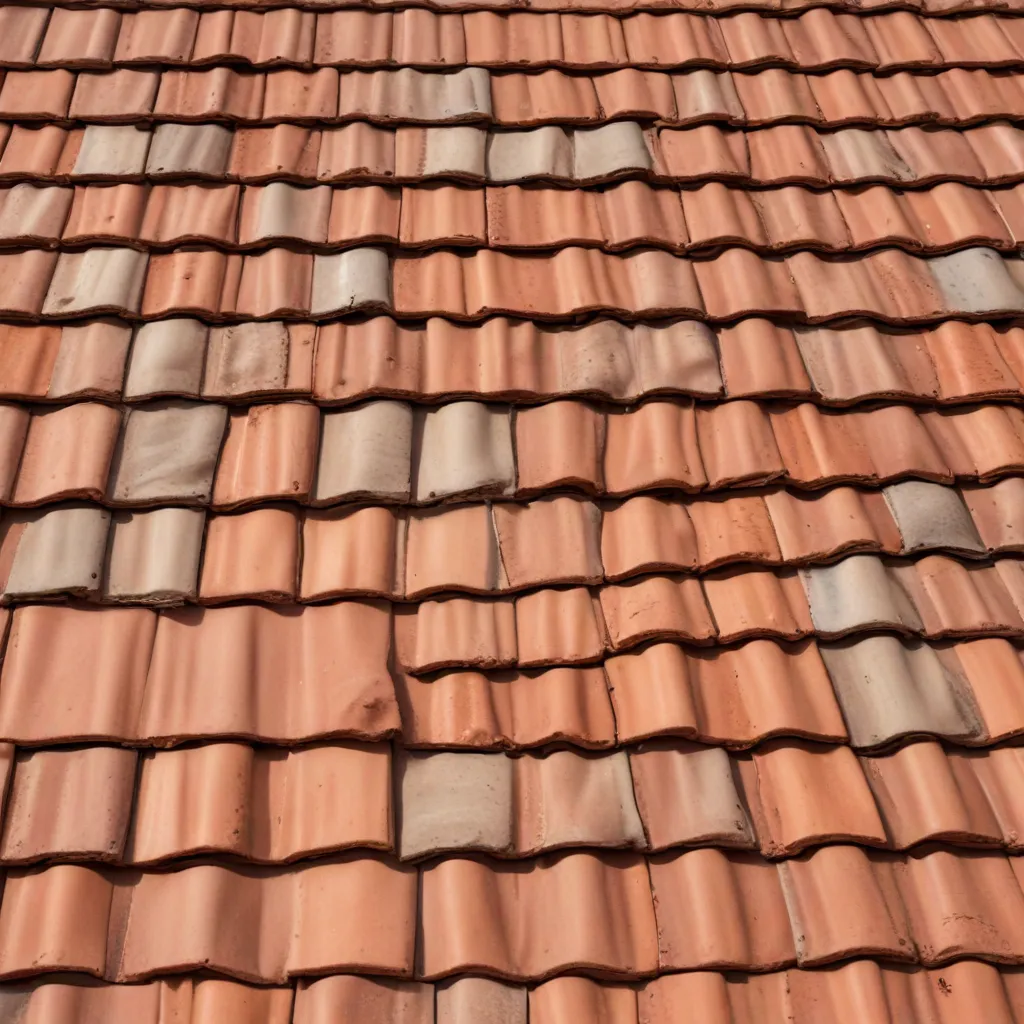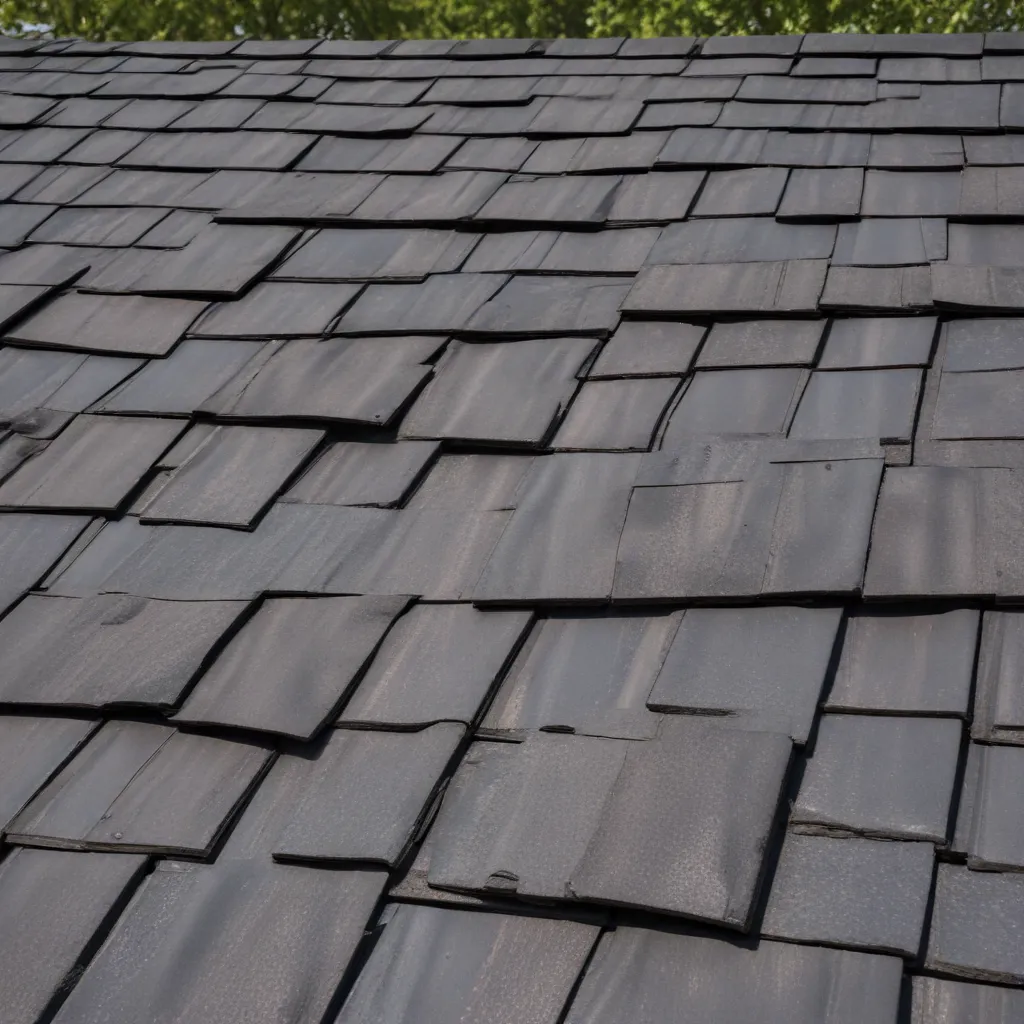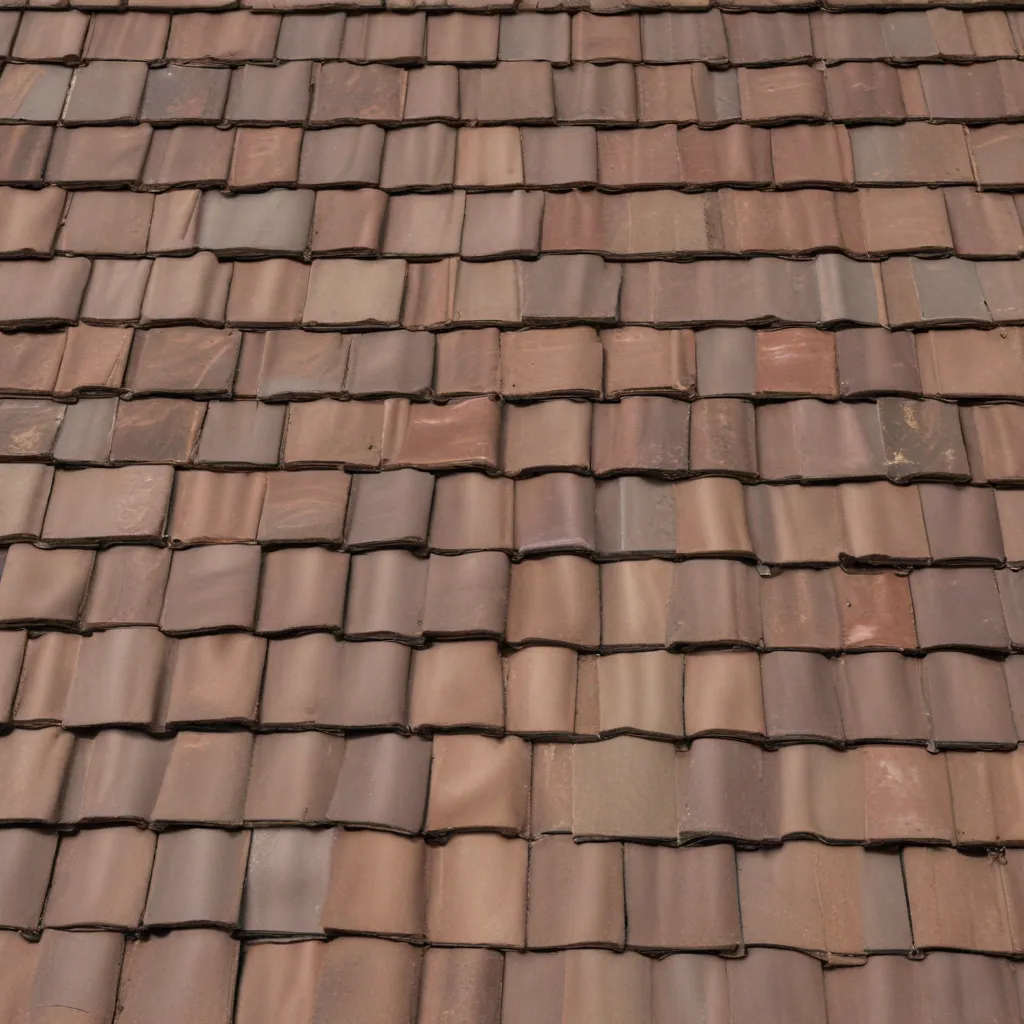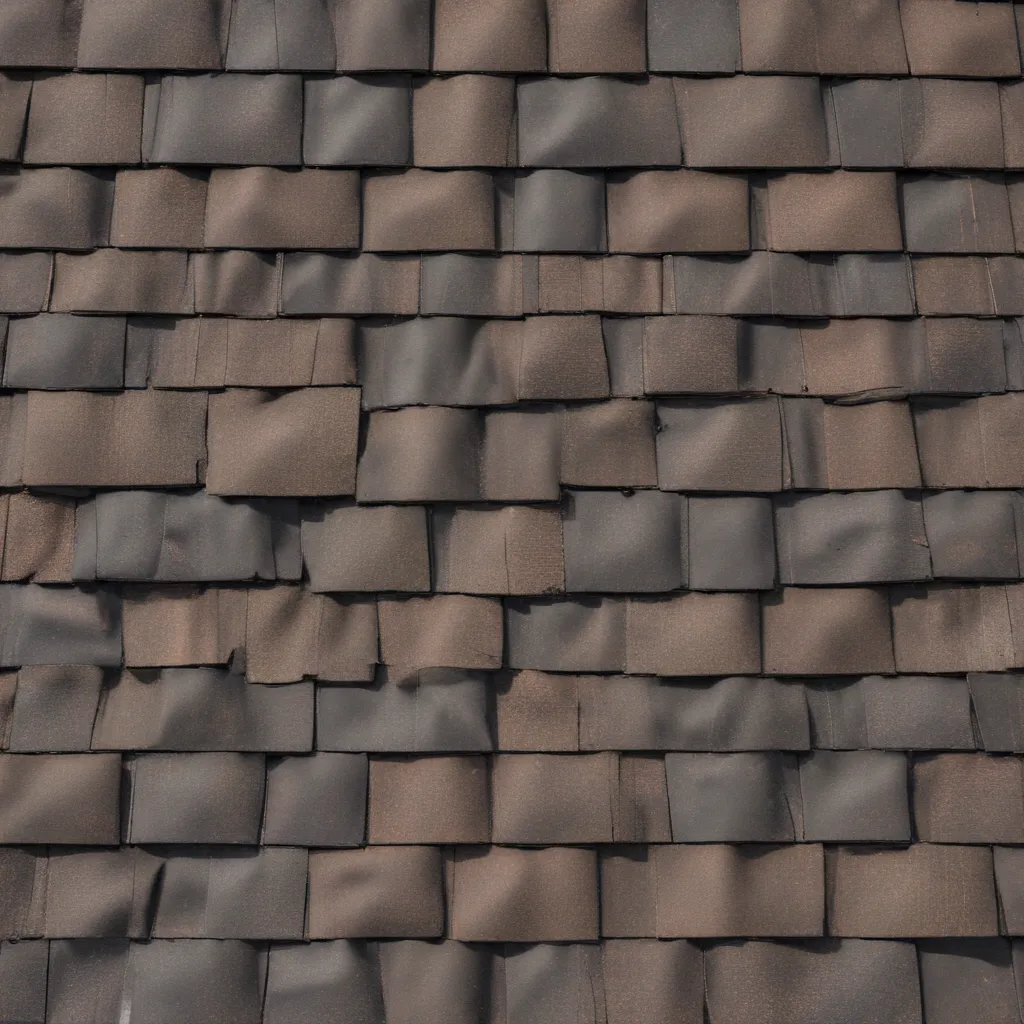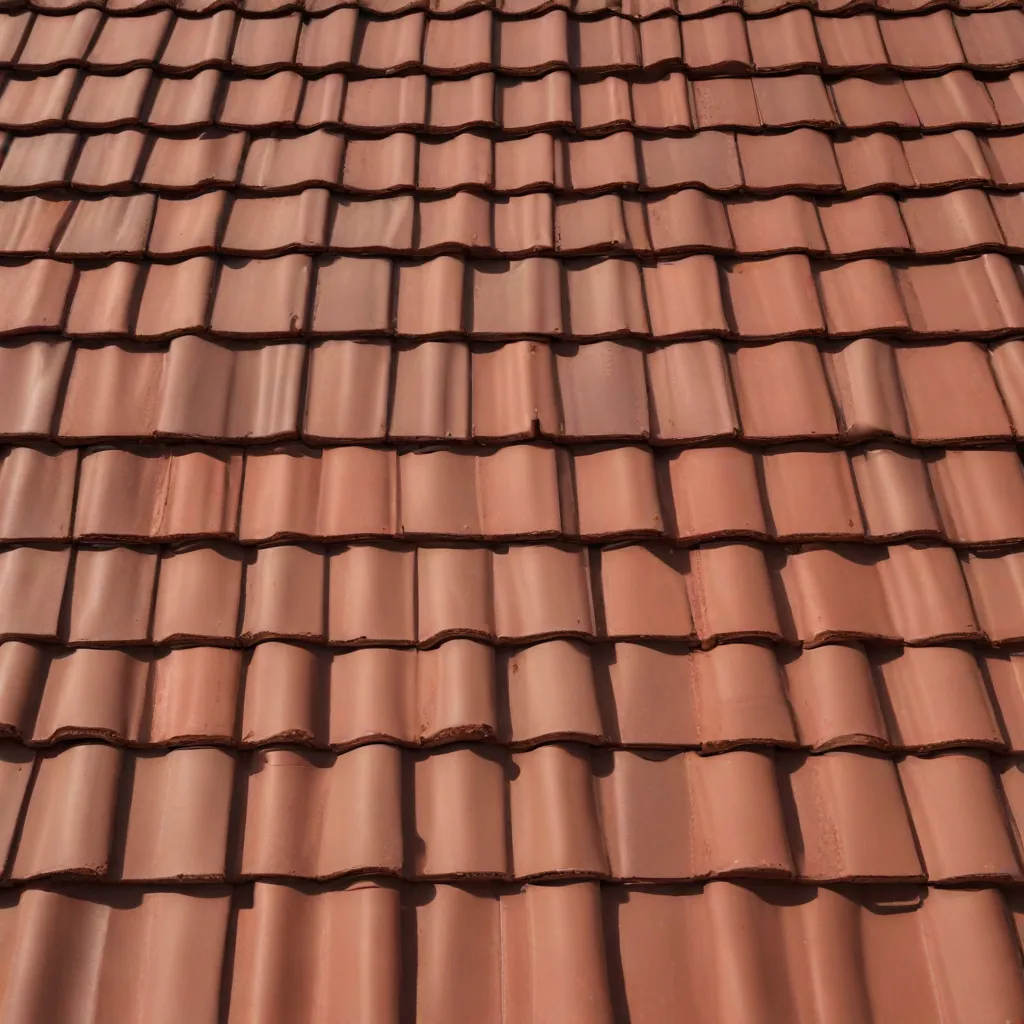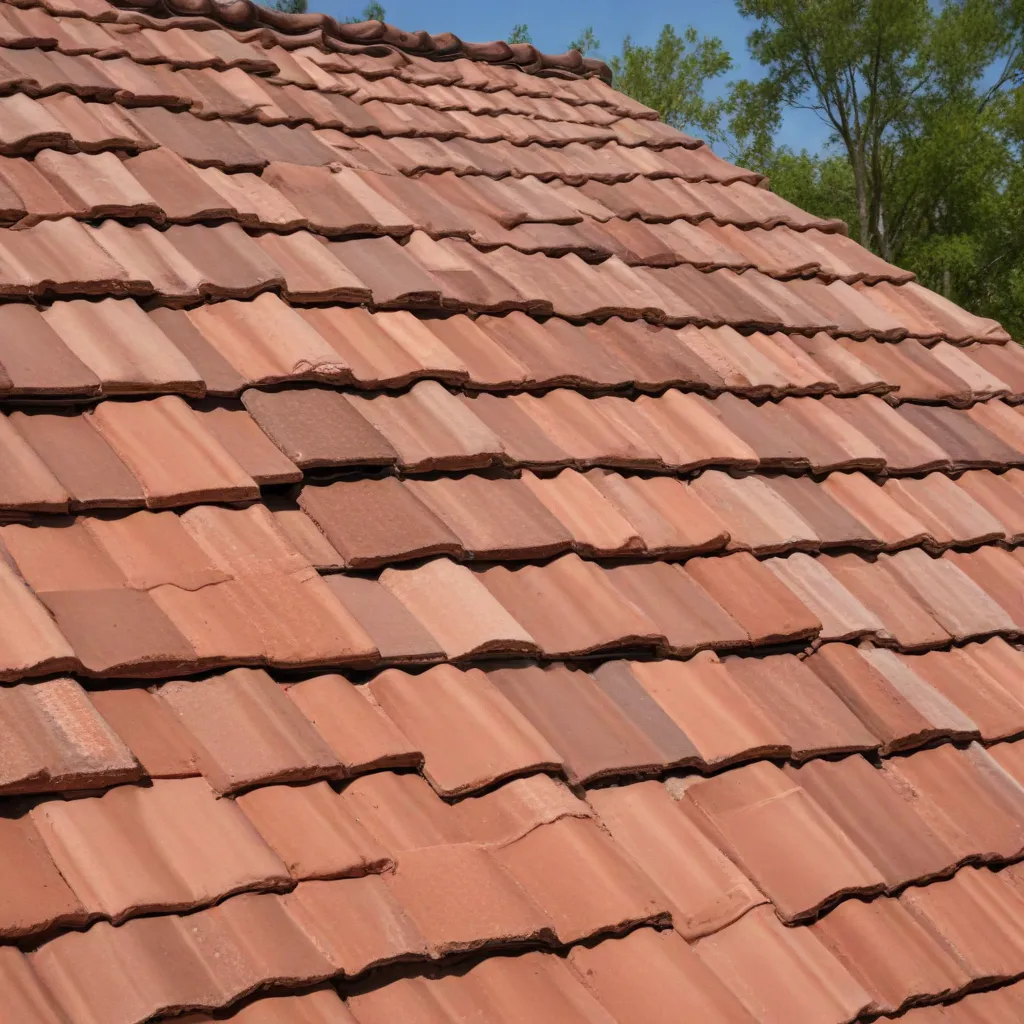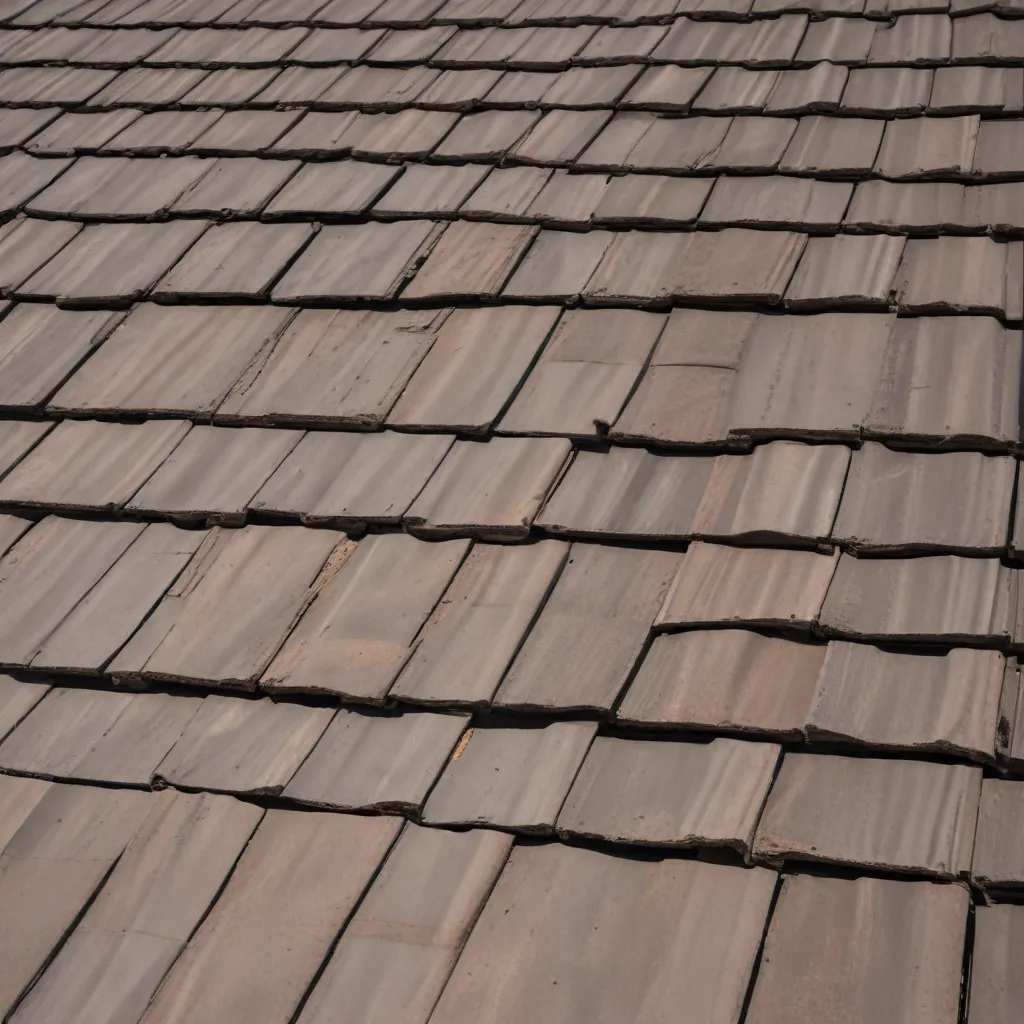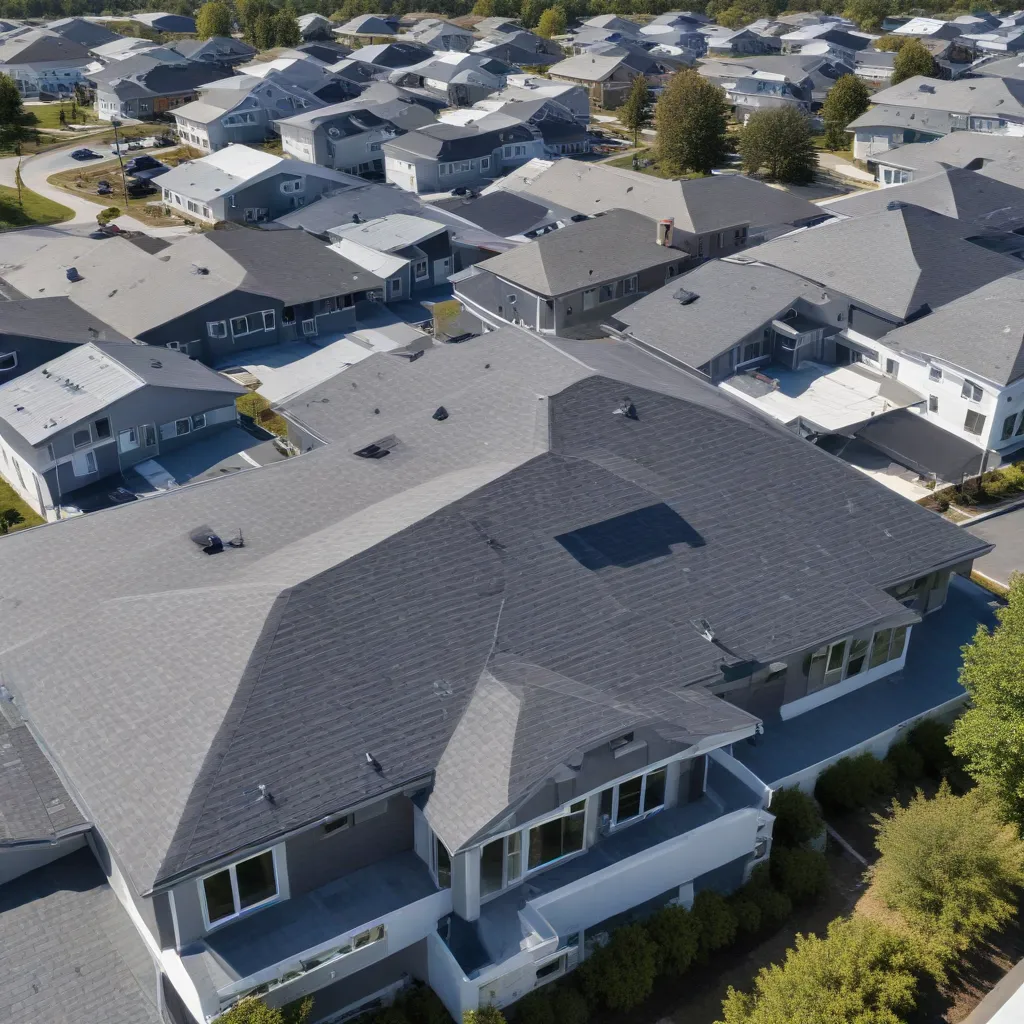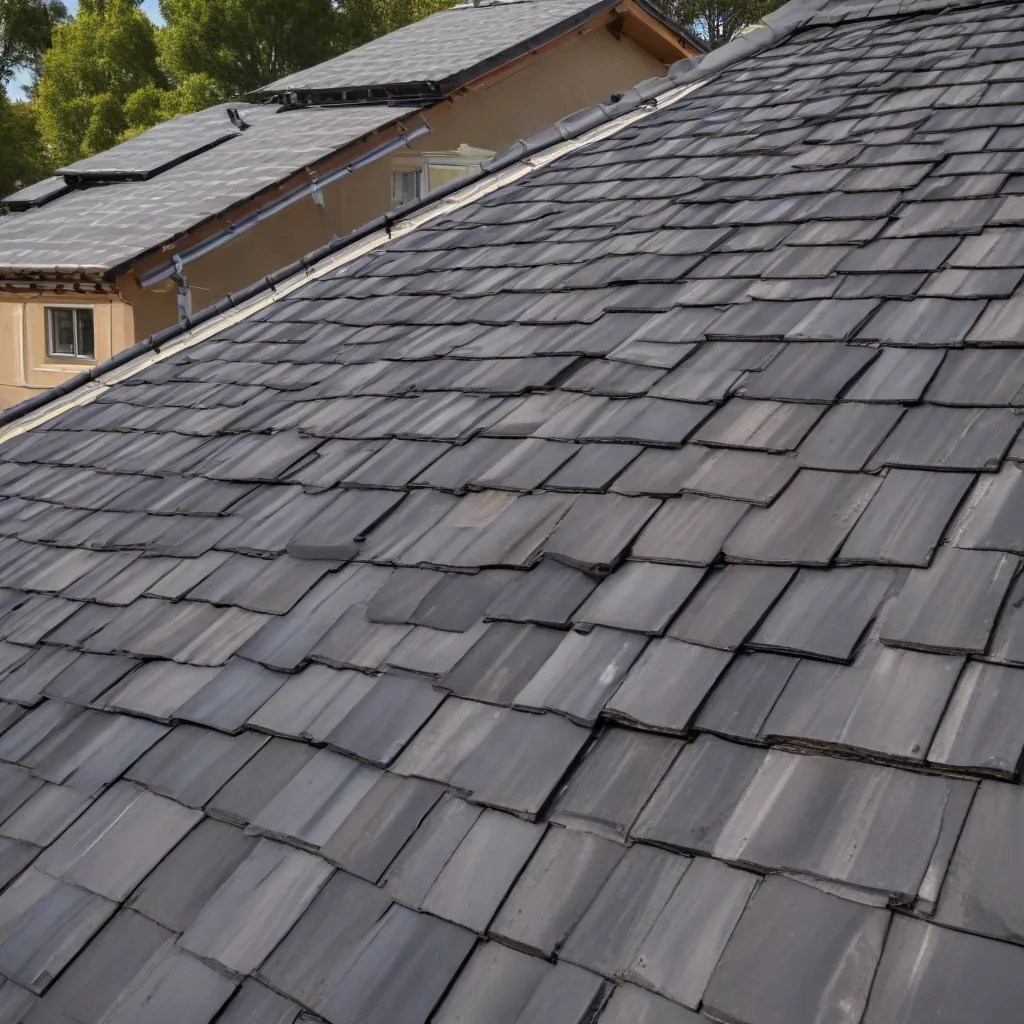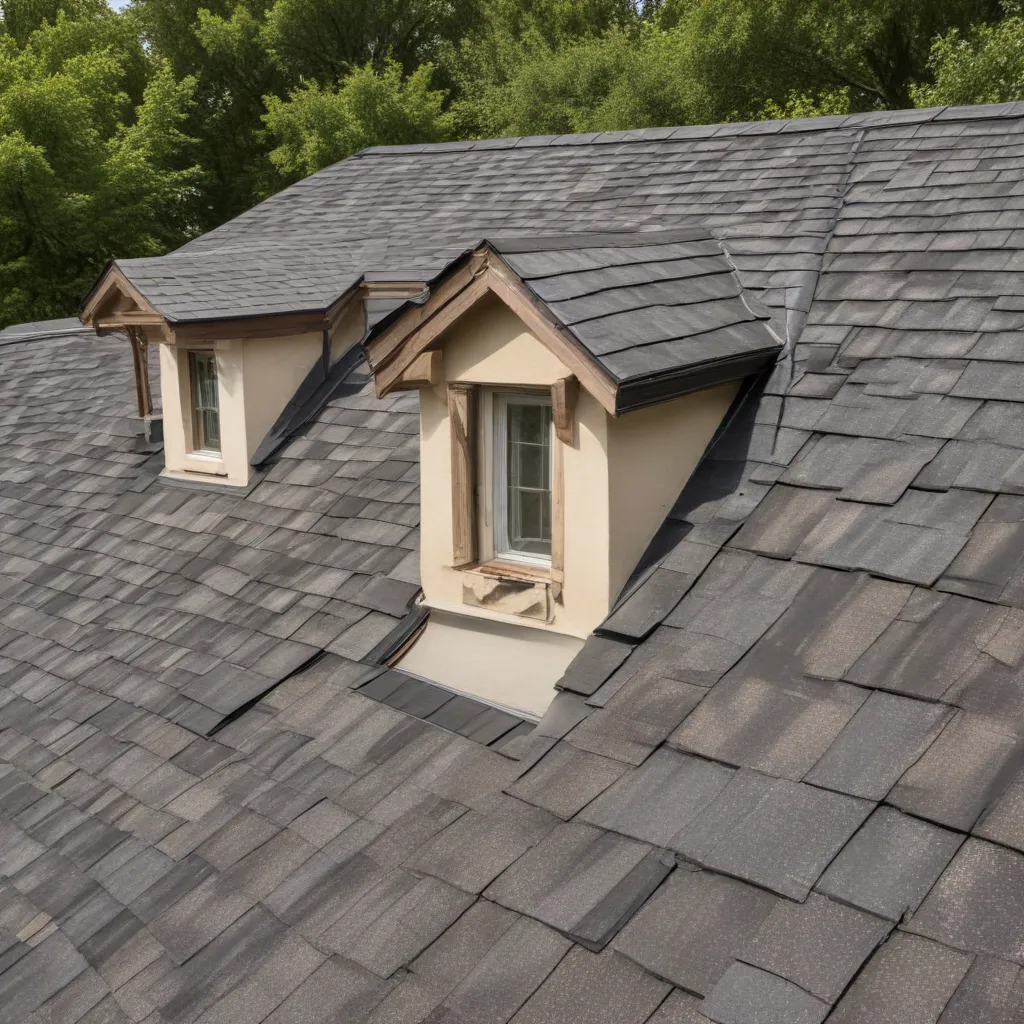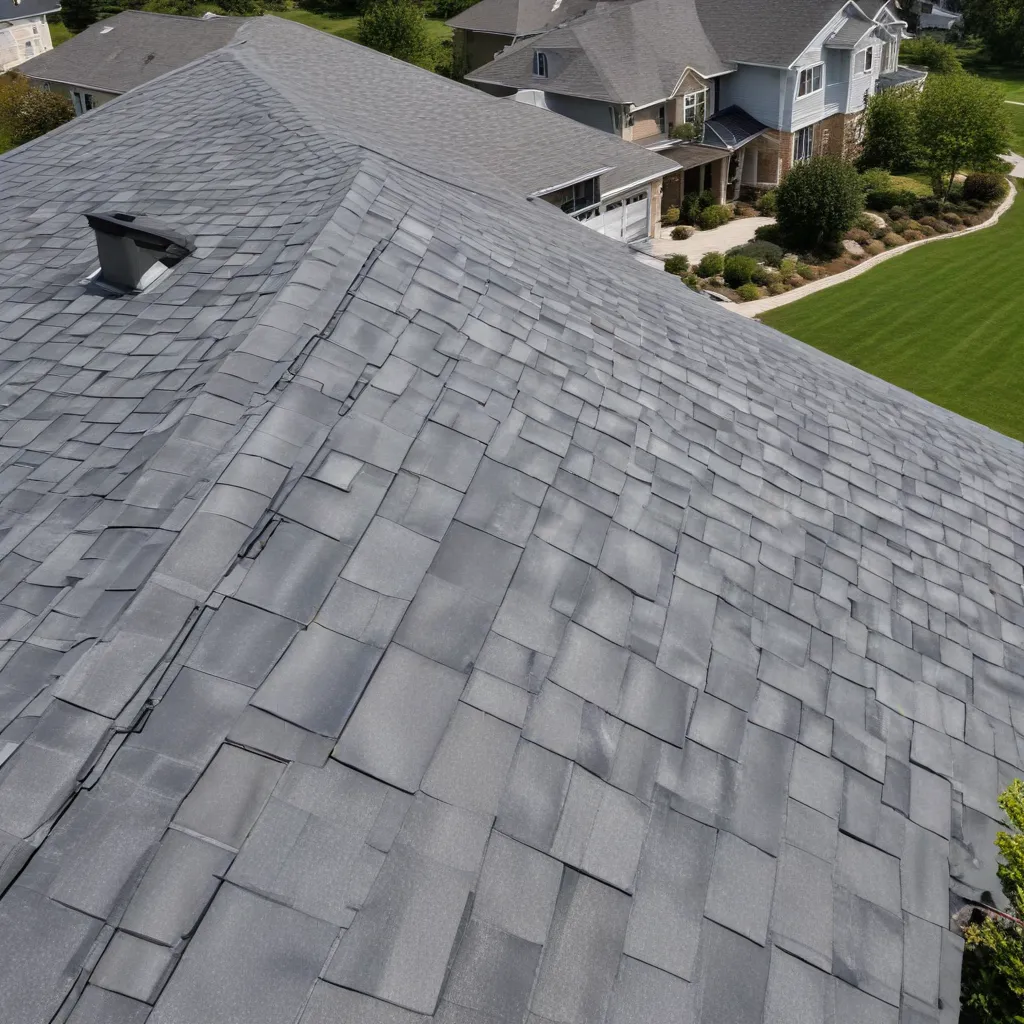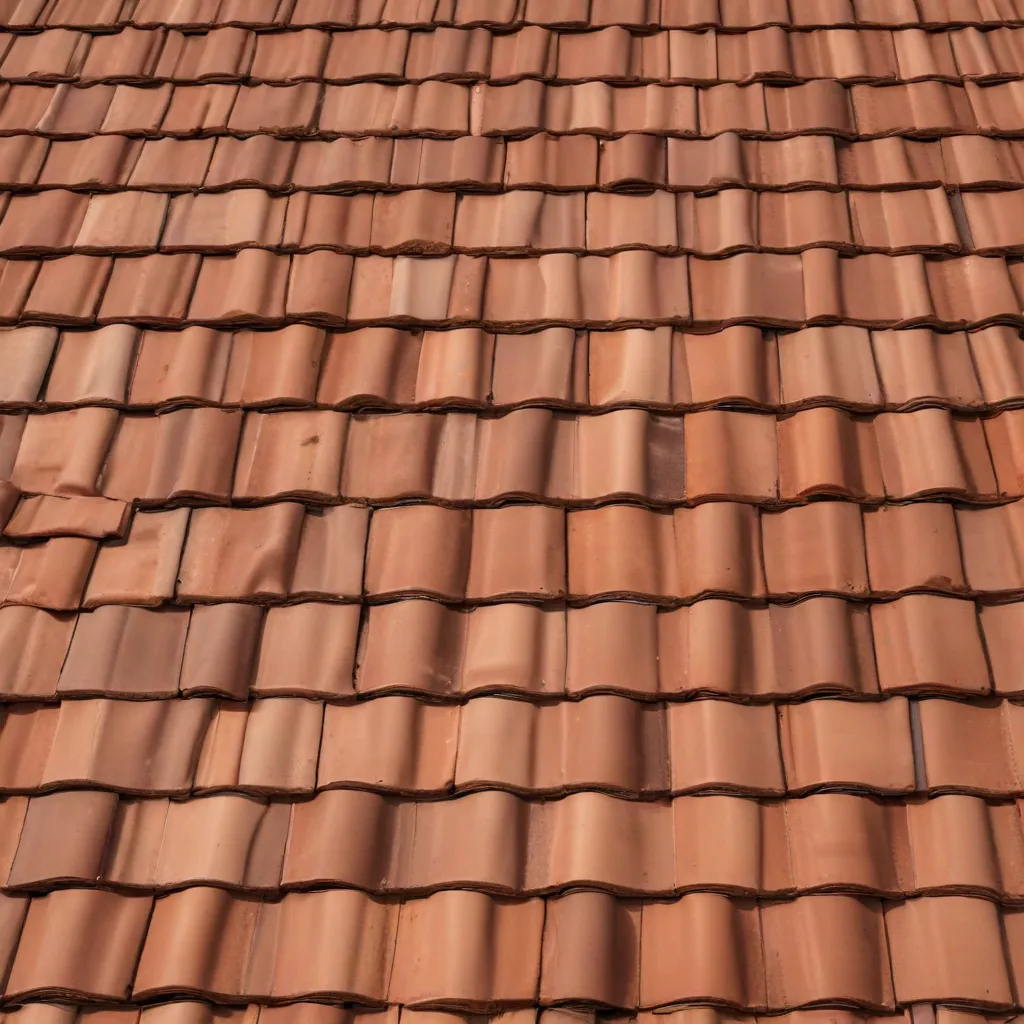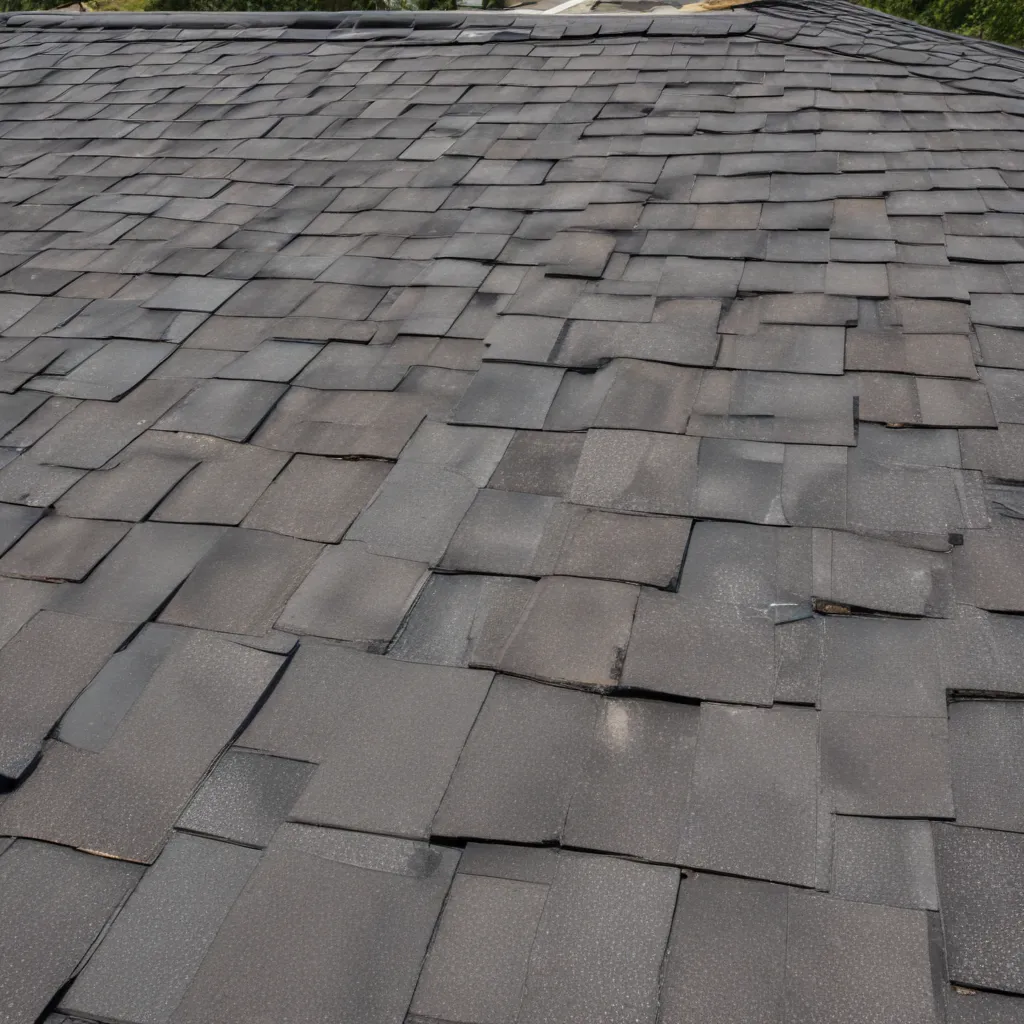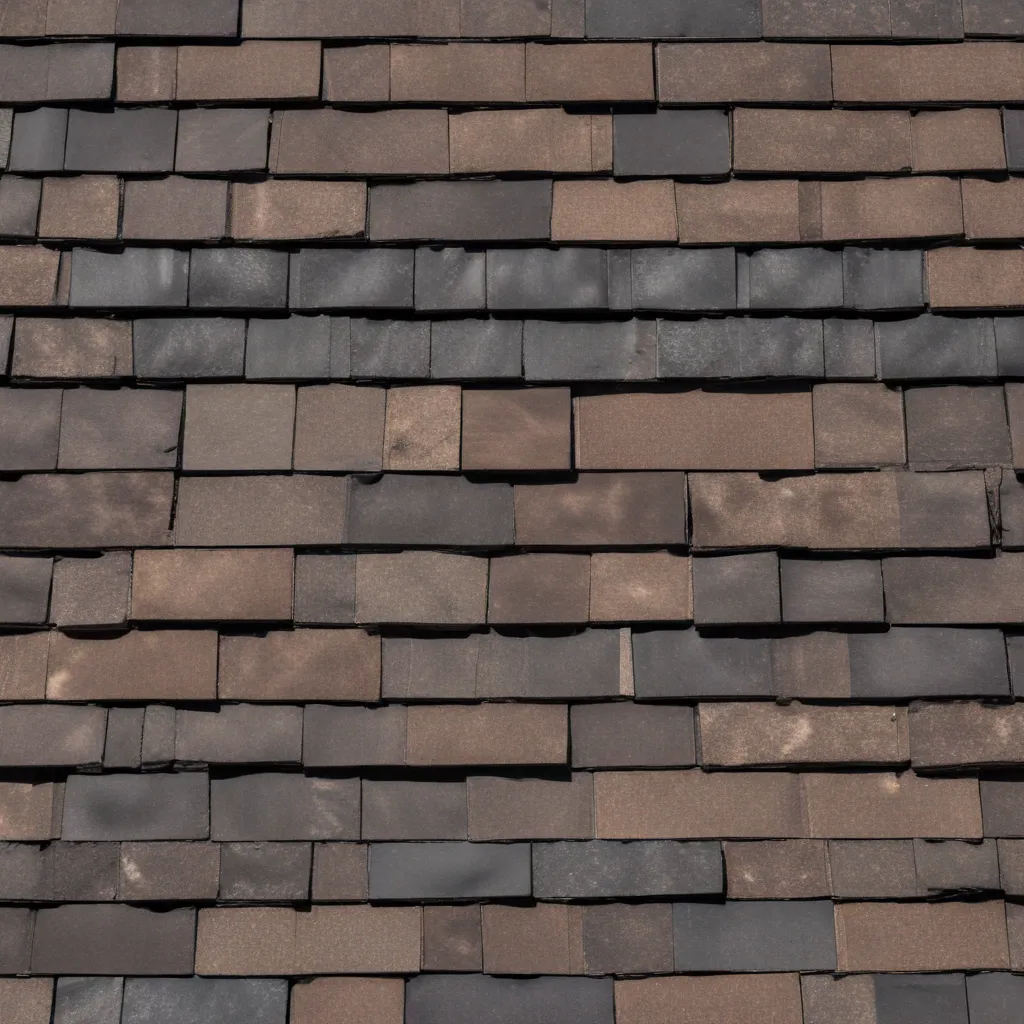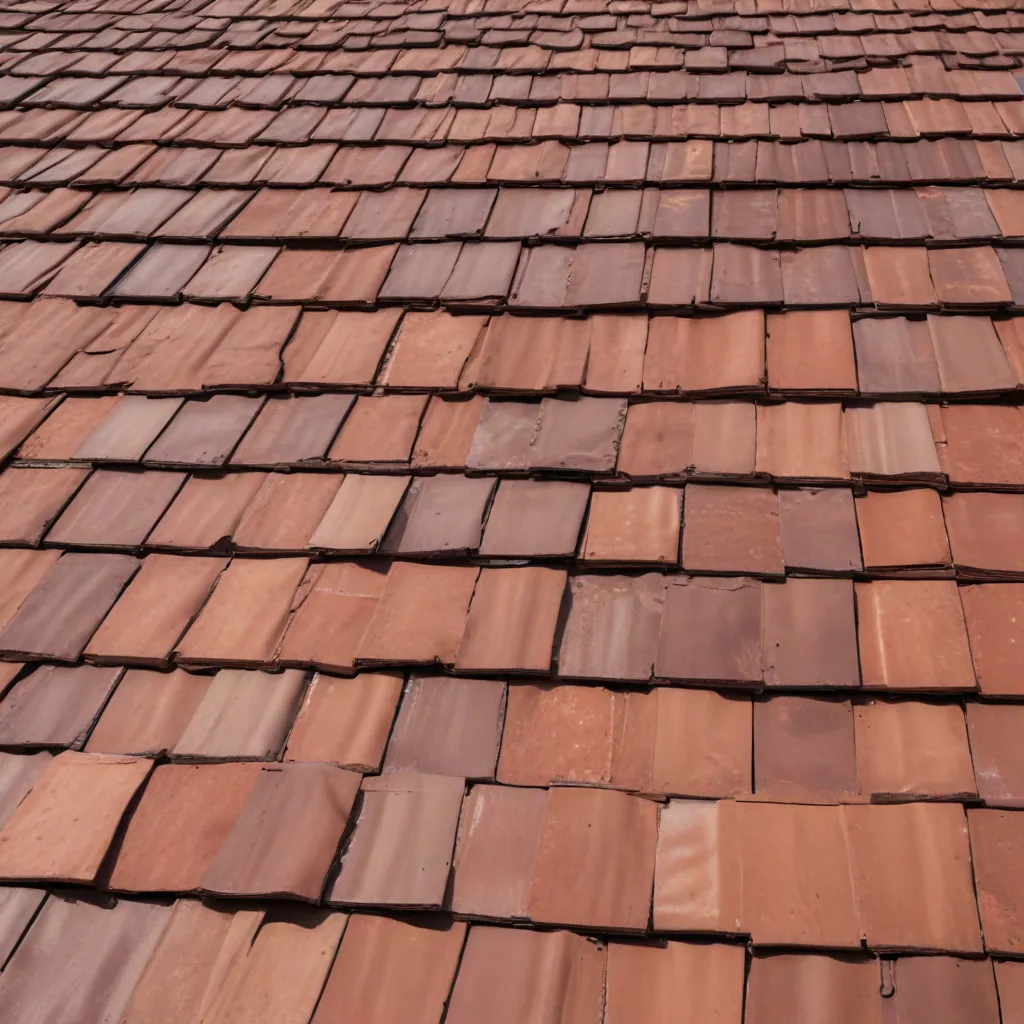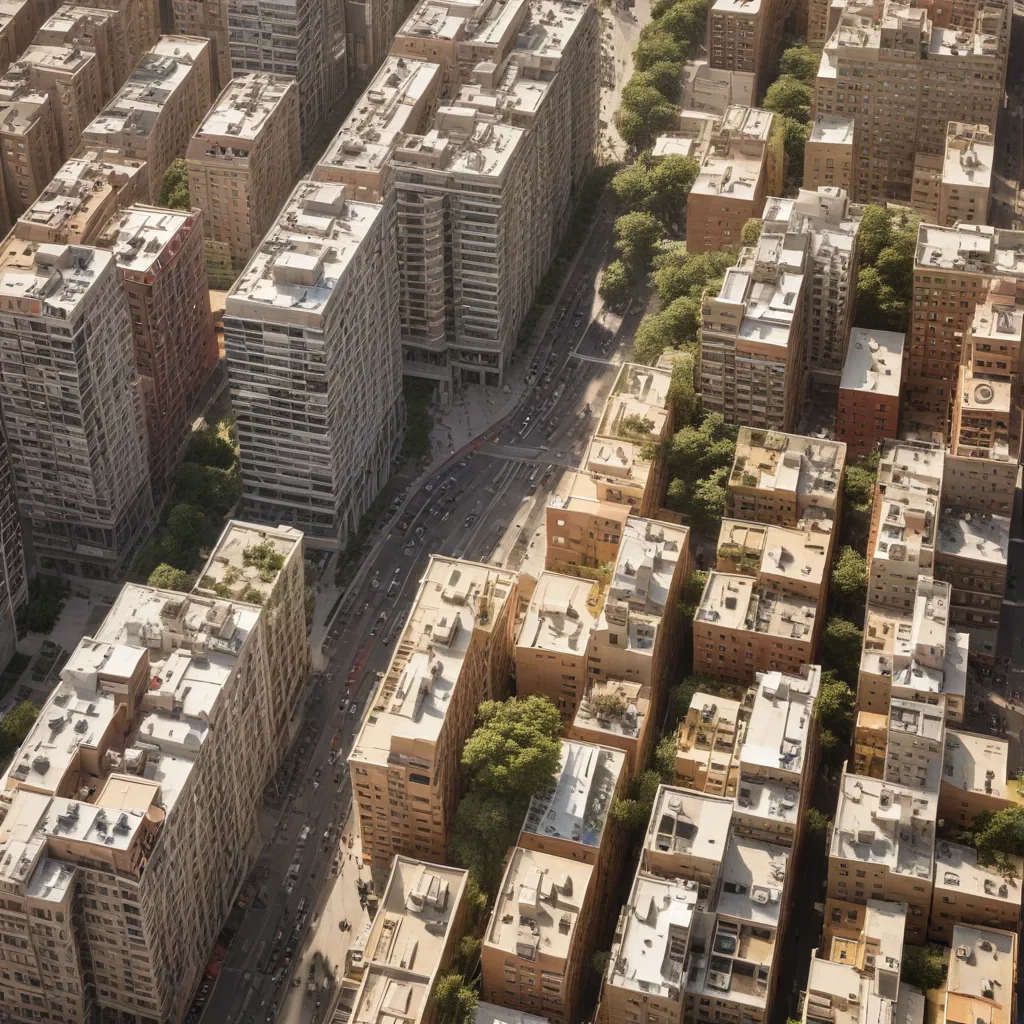
Heat waves, characterized by prolonged periods of excessively high temperatures, pose a formidable challenge to the built environment in cities in various ways. As climate change intensifies, the frequency and severity of heat waves are on the rise. Urban heat island (UHI) in cities, wherein the temperature of urban areas is higher compared to surrounding rural areas, is one of the major influencing factors for heat waves. Heat waves have a synergetic effect with UHI phenomena, further intensifying the magnitude of urban overheating globally up to 5–10°C during heat waves.
Land use planning and heat retention materials in built-up areas have a huge implication on the magnitude of UHI and subsequently the potential impacts of heat waves in cities. As the cities become more urbanized, the severity of impacts of combined effects of heat waves and UHI on the built environment can exacerbate. Understanding the synergistic impacts of heat waves and UHI on public health, building energy consumption, and infrastructure is essential for addressing related challenges and formulating effective mitigation strategies, given the crucial role of the built environment in mediating these impacts.
This study systematically reviews global literature from 1990 to 2023 concerning heat waves and urban built environments, spanning variations in heat wave definitions, factors influencing heat waves in urban areas, heat wave impacts on buildings, energy, occupant health, and infrastructure, mitigation strategies, case studies, best practices, future considerations, and challenges. The objective is to synthesize existing knowledge, identify knowledge gaps, and discuss advancements in mitigation strategies. Through this, the study aims to lay the groundwork for future research and contribute to the formulation of effective policies to mitigate the impacts of combined effects of heat waves and UHI on built environments.
Variations in Heat Wave Definitions
Researchers have been investigating thresholds to define heat waves and their profound impacts on human health and the environment for several decades. However, the lack of a standardized definition for heat waves poses challenges in assessing patterns, trends, and impacts, leading to diverse perspectives among experts. Prevention measures and protective temperature thresholds are often defined based on descriptive analyses and expert judgment.
The correlation between mortality and heat waves varies significantly depending on how ‘heat wave’ is defined. Variations in definitions and thresholds arise from the use of different air temperature metrics, including daily maximum, minimum, absolute, average, heat index, as well as climatic and bioclimatic indices. One of the earliest investigations occurred in 2001, evaluating and testing the effectiveness of existing thresholds in the United States. Studies in China have found that defining heat waves based on daily mean temperature with a duration exceeding three days demonstrated the highest predictive capability in assessing the mortality impacts of heat waves.
A comparison of official heat wave definitions derived from weather data for sixteen cities in France revealed that the most significant heat-related mortality impact was indicated by the Excess Heat Factor (EHF). Adjusting national-level thresholds to city-specific thresholds can provide a more accurate understanding of heat wave characteristics, particularly concerning demographic, climatic, and geographical differences.
The National Weather Service (NWS) Heat Index (HI) thresholds derived from both ambient temperature and humidity are a general estimate indicating the onset of human physiological stress. In regions characterized by high heat and humidity, adjustments to these thresholds may be necessary for physical, social, and cultural adaptations, ensuring that only events perceived as stressful are accurately identified.
While mortality impacts are a significant focus of these studies, they also explore demographic, climatic, and geographical differences, employing diverse methodologies. It’s essential to recognize that the implications of these findings extend beyond human mortality to include the built environment. Continuous monitoring and adjustment of thresholds are vital for informing effective heat mitigation measures for built environments, ultimately enhancing resilience.
Factors Influencing Heat Waves in Urban Areas
Urban areas are more vulnerable to heat wave impacts compared to rural areas. The UHI phenomenon has been reported as a crucial factor that influences heat waves and their impacts on the built environment in urban areas. Many studies conclude that UHI intensifies summer heat waves and raises energy usage and the risk of heat-related illnesses and deaths for vulnerable populations.
The primary contributors to UHI in urban areas are increased anthropogenic heat emissions, excess release of sensible heat from building materials, increased incoming long-wave radiation due to pollution, lowered evaporative heat loss, decreased turbulent transfer, and reduced longwave radiation losses from street canyons. These are mainly dictated by the degree of urbanization, urban morphology, construction characteristics, land use, and land cover patterns in urban areas.
Heat waves and UHI share a synergistic relationship. Ambient temperatures in urban areas are intensified due to the combined effect of UHI and heat waves, resulting in overheating. This interaction can lead to a significant increase in the frequency and intensity of compound heat waves.
Lower wind speed is another crucial attribute responsible for the enhanced synergetic impact of heat waves and UHI in urban areas, as wind speeds get altered due to urban morphology that often creates dense urban canyons hindering natural wind flows.
Multiple investigations indicate that the types and configurations of land use have a direct impact through elevated local temperatures, and an indirect impact through air pollution, on the thermal comfort and health of urban residents during heat wave days. Densely populated urban areas, especially those at potentially the highest heat-stress risk, exhibit elevated risk independently from their location in the city, the natural characteristics of their surroundings, the state of the surfaces, and the characteristics of the inhabitants.
The combination of high ambient temperatures and poor air quality during heat waves poses significant challenges to public health, exacerbated by the types and configurations of land use. Built-up surfaces in urban areas, including building envelopes, roads, and pathways, retain, reflect, and release heat depending on their thermal properties, contributing to the UHI effect.
Impacts of Heat Waves on the Built Environment
Heat waves can significantly impact health within the built environment, especially in vulnerable populations. Consequently, several studies have explored the impact of high ambient temperatures, especially during heat waves in urban areas, on overall and cause-specific morbidity and mortality. Some of the common impacts are sleep disturbances, fatigue, exacerbation of medical conditions, and fatalities attributed to heatstroke.
High temperatures during heat waves have also been reported to reduce cognitive abilities and work efficiency of laborers due to limitations of human psychological mechanisms to cope with high-temperature conditions beyond the threshold. Occupants of poorly ventilated office buildings can get exposed to indoor air pollutants for a longer time, thus affecting their health.
Research indicates that the performance of a building during heat waves is predominantly influenced by factors such as its envelope characteristics, insulation attributes, and ventilation systems. Findings of several case studies and experimental studies demonstrate variations in building resilience to heat waves based on envelope characteristics such as construction materials, building age, degree of insulation, and envelope design.
Low-income housing is particularly vulnerable to heat waves due to factors such as poor building quality, inadequate ventilation, and low thermal capacitance. Insufficient ventilation within the buildings significantly contributes to the uncomfortable indoor conditions during heat waves, mainly due to poor naturally ventilated buildings, reliance on passive cooling systems, unaffordability of occupants to air conditioners, and frequent power cuts.
The escalating demand for air conditioning in buildings can further exacerbate UHI during heat waves, attributed to increased anthropogenic heat generation from indoor electricity systems and the additional heat released by outdoor units of air conditioners. One study revealed that adjusting the indoor air conditioning target temperature to 25–27°C could lead to a 12.66% reduction in the total energy release of the air conditioning system.
Heat waves, exacerbated by UHI, disproportionately impact multiple urban infrastructure sectors through direct and indirect interconnections. Significant impacts are observed in electricity, healthcare, transport, water distribution systems, and building structures. This causes inconvenience to people by depriving them of basic civic amenities like traffic light failures, traffic congestion, cancellations of train or flight services, water supply shortages, black-out situations, electricity price hikes, etc.
Mitigation and Adaptation Strategies
Implementing a combination of strategies across various scales, from individual buildings to entire neighborhoods and cities, can contribute to effectively mitigating heat. This includes prioritizing compact and mid-rise buildings with light-colored exteriors, integrating large parks and green spaces, utilizing cool and super cool materials, ensuring effective insulation, employing passive and mixed-mode cooling and ventilation systems in buildings, and incorporating sustainable technology and innovation.
The integration of green infrastructure (GI) into urban design stands out as one of the most effective measures for mitigating heat waves, particularly within the built environments. GI plays a key role in enhancing carbon sinks, moderating the microclimate through processes like evapotranspiration and shading effects, and improving air quality.
The deployment of cool and supercool materials with highly reflective properties on roofs and pavements in urban areas can prove to be an effective and affordable technology for combating high ambient temperatures. These materials can significantly contribute towards lowering the heat-related mortality in cities.
Combining heat mitigation measures in urban design can yield better results. For example, a study in Darwin, Australia, demonstrated a reduction of 2.7°C in peak ambient temperature, 2% in peak electricity demand, and 7.2% in the total yearly cooling load, as well as the potential to prevent 9.66 excess deaths annually per 100,000 people, resulting from the combination of cool materials, shading, and greenery.
Sustainable building materials and technology can ensure better mitigation effects of heat waves in urban areas. Studies have examined the performance of buildings under various envelope materials and ventilation scenarios when subjected to very high temperatures during the heat wave period. The outcomes highlight the effectiveness of utilizing passive envelope design and ventilation as a promising solution to maintain indoor thermal comfort and safeguard occupants from health risks during heat waves and blackouts.
Successful Case Studies and Best Practices
Cities around the world have implemented various successful heat wave and UHI mitigation strategies to address the challenges posed by rising temperatures. Chicago and Melbourne have extensively implemented green roofs, tree-planting initiatives, and increased green spaces to combat UHI.
Innovative architectural designs and technologies aimed at mitigating the impacts of combined effect of heat waves and UHI are also being explored. Daramu House in Sydney, Australia, boasts a green roof with around 15,000 native plants and PV panel coverage, showcasing notable reductions in rooftop surface temperatures. In Hong Kong, turf-based vegetation cladding on an elevated facade wall of a public housing apartment demonstrated a notable reduction in interior temperatures and delayed solar heat transfer leading to lower air-conditioning power consumption.
The combination of multiple passive strategies in buildings, based on the local climatic conditions, can be an innovative architectural design approach to reduce building energy consumption and thereby mitigate heat wave impacts on the energy sector. The Pearl River Tower in Guangzhou employs a double-skin facade with integrated wind turbines and solar panels, allowing for natural ventilation and passive cooling.
While case studies and innovative practices provide valuable insights, they should be critically reviewed for longevity, scalability, and equity considerations. The interconnected nature of climate challenges demands a nuanced understanding of the social, economic, and environmental implications of each strategy to inform future urban planning and heat mitigation efforts.
Future Considerations and Challenges
The future impact of climate change on heat waves and urban areas is a critical concern that demands careful examination to develop effective mitigation and adaptation measures. Outcomes of several studies have projected a significant increase in days, frequency, and duration of heat waves by the end of the century.
Research gaps that need to be addressed include the development of heat vulnerability index (HVI) and related thresholds that integrate demographic, socioeconomic, and climatic attributes with physical building attributes, and the need for occupant-centric indoor heat wave thresholds considering personal factors, adaptive comfort, and behavioral patterns.
There is also an urgent need to consider the impact of increased anthropogenic heat generation from indoor electricity systems during extreme hot events on the outdoor thermal environment. The critical role of community resilience and social equity in urban planning and infrastructure development to mitigate the impacts of heat waves requires greater attention.
Advancements in prediction modeling techniques forecasting vulnerability of urban areas, temperature rise, building energy demand, and electricity demand can play a crucial role in informed decision-making and infrastructure preparedness for heat wave adaptation in urban areas. Integrating community resilience and social equity into mitigation efforts at the local level to address the synergistic impacts of heat waves and UHI poses a considerable challenge.
By embracing diverse approaches, stakeholders can devise comprehensive strategies to mitigate heatwave impacts in urban areas while promoting sustainable development. Integration of expertise from architecture, urban design, environmental science, public health, and social sciences in urban planning is essential to prioritize heat mitigation and enhance community resilience against the compounded challenges posed by heat waves and UHI through tailored micro built environment designs.
Future research directions should focus on refining city-specific heatwave definitions, establishing occupant-centric thresholds, and exploring local moisture variations. Additionally, optimizing building geometry and thermal characteristics for both existing and new structures is imperative. A holistic understanding, with reduced uncertainties in predictions, can be achieved by developing integrated future scenarios that consider impacts and mitigation efforts across various scales.

